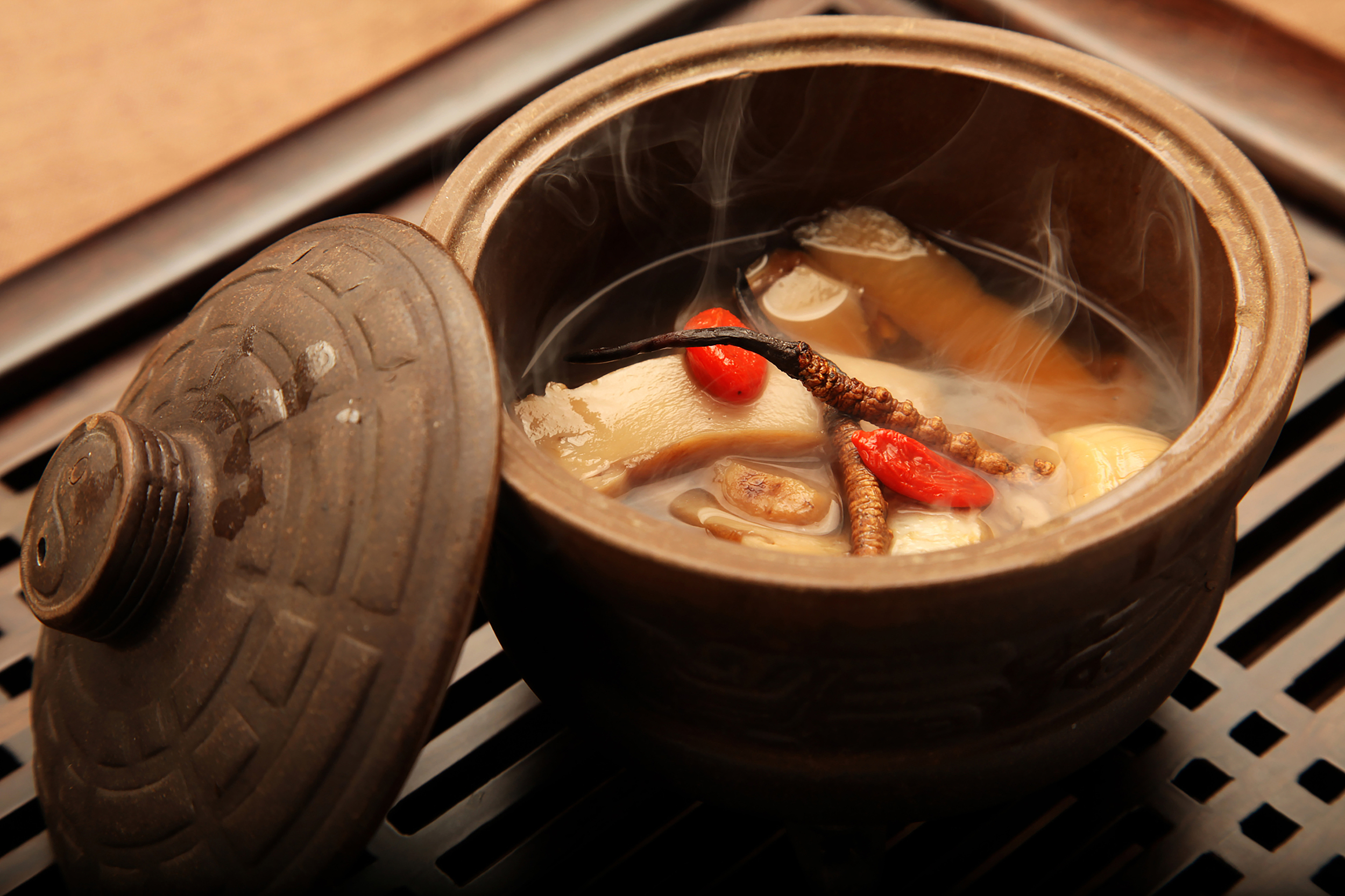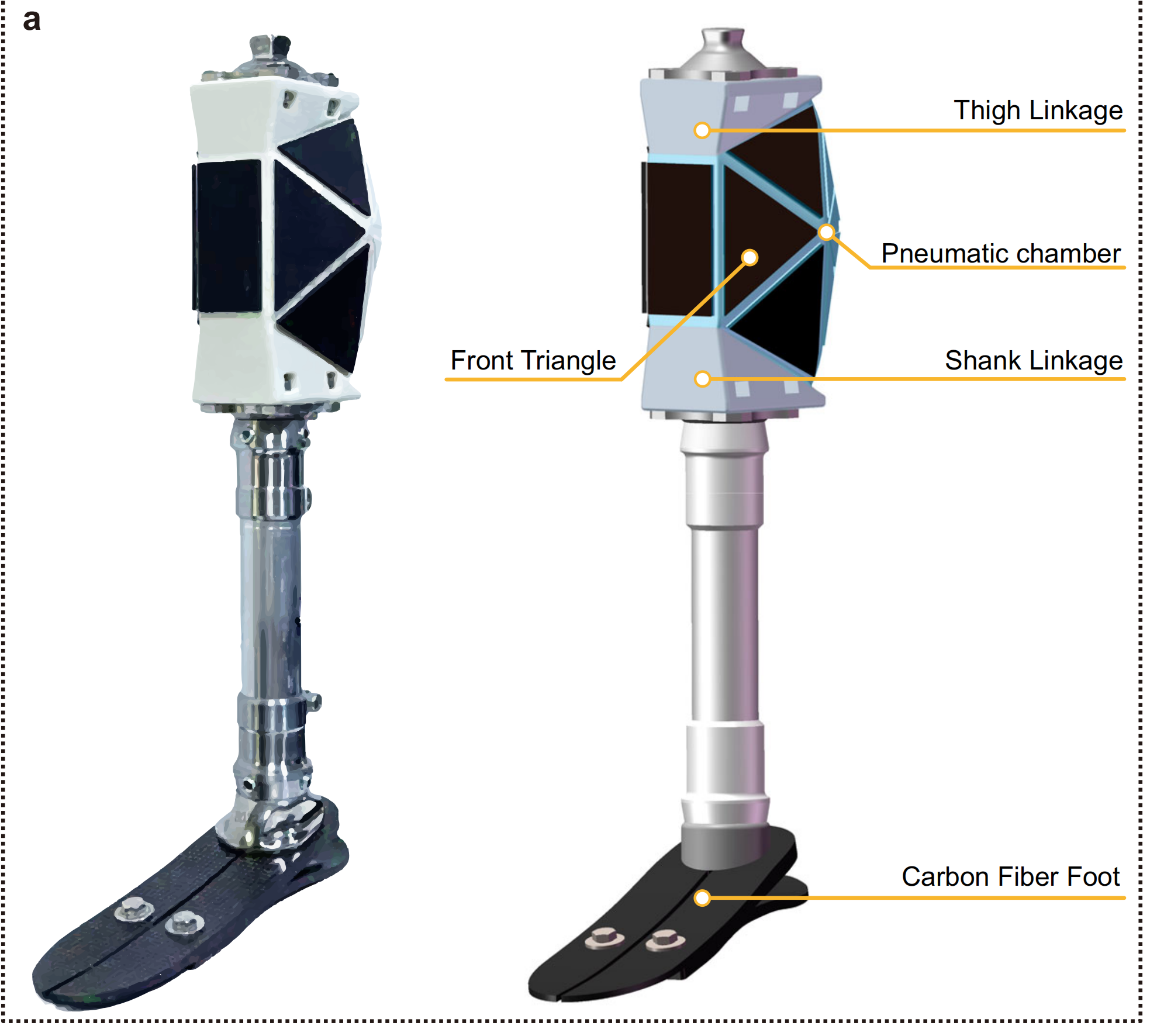Staying Hydrated with Healthy Soup in Summer

(PHOTO: VCG)
By Staff Reporters
As the temperature rises, the amount of sweat produced by the human body increases, from imperceptible perspiration to perceptible sweating. The water lost through sweat needs to be replenished through food and drinks. Liquid replenishment includes beverages such as water and tea, as well as soup. So, why should we not only drink water but also eat soup?
Because the retention time of water in the body is relatively short, it is quickly absorbed and then expelled. However, in soup that contains solutes, part of the water is bound by the solutes, prolonging its retention time in the body. Especially for soups containing starch or soluble dietary fiber, part of the water can reach the small intestine or even the large intestine, further extending its retention time in the body.
Moreover, the sweat produced in summer is not pure water. Along with the sweat, sodium, potassium, calcium, magnesium, B vitamins, and a small amount of nitrogen-containing substances such as protein, amino acids, and urea are also lost. The solute components in the soup can, to a certain extent, help replenish the nutritional components lost through sweating.
Therefore, eating soup not only replenishes water, but also some water-soluble nutrients derived from natural ingredients. However, whether eating soup brings health benefits depends on whether the soup is cooked properly. Eating the right soup is beneficial to health, while the wrong soup may lead to weight gain and high blood pressure.
To make a tasty soup, the heating speed should be slow enough to maintain the close combination of protein ingredients and water molecules, avoiding rapid denaturation and aggregation of proteins, which can affect the dissolution of soluble components.
If you want to enjoy a clear soup made with chicken, duck, fish, meat, or mushroom, the best way is to steam it over water. This allows the flavor components and mushroom polysaccharides in the meat and mushrooms to slowly dissolve under conditions below boiling point, making it easy to remove the floating oil and resulting in a particularly refreshing and fragrant soup. In addition, soup can also be cooked in clay pots or ceramic pots. Just add a very small amount of salt to fully enjoy the delicious taste.







